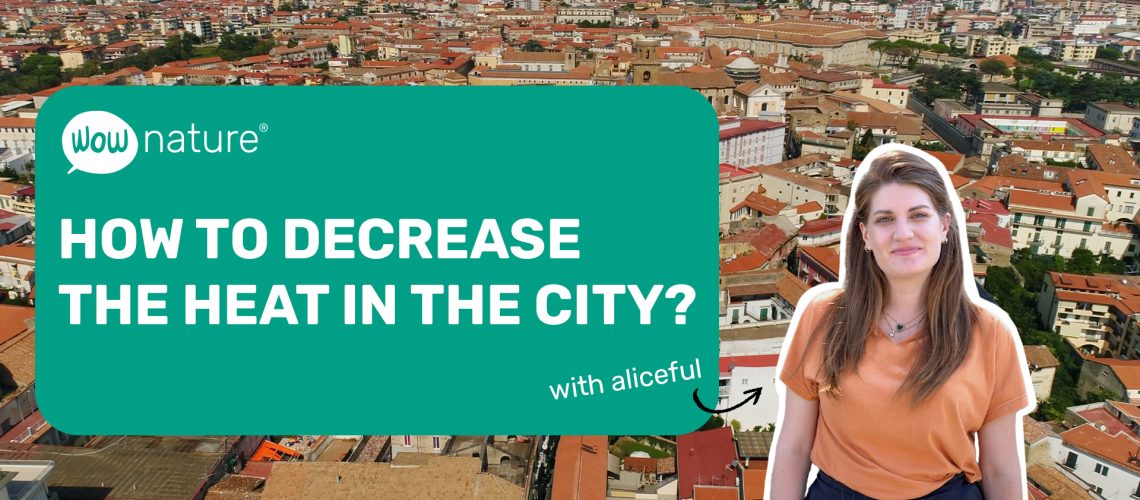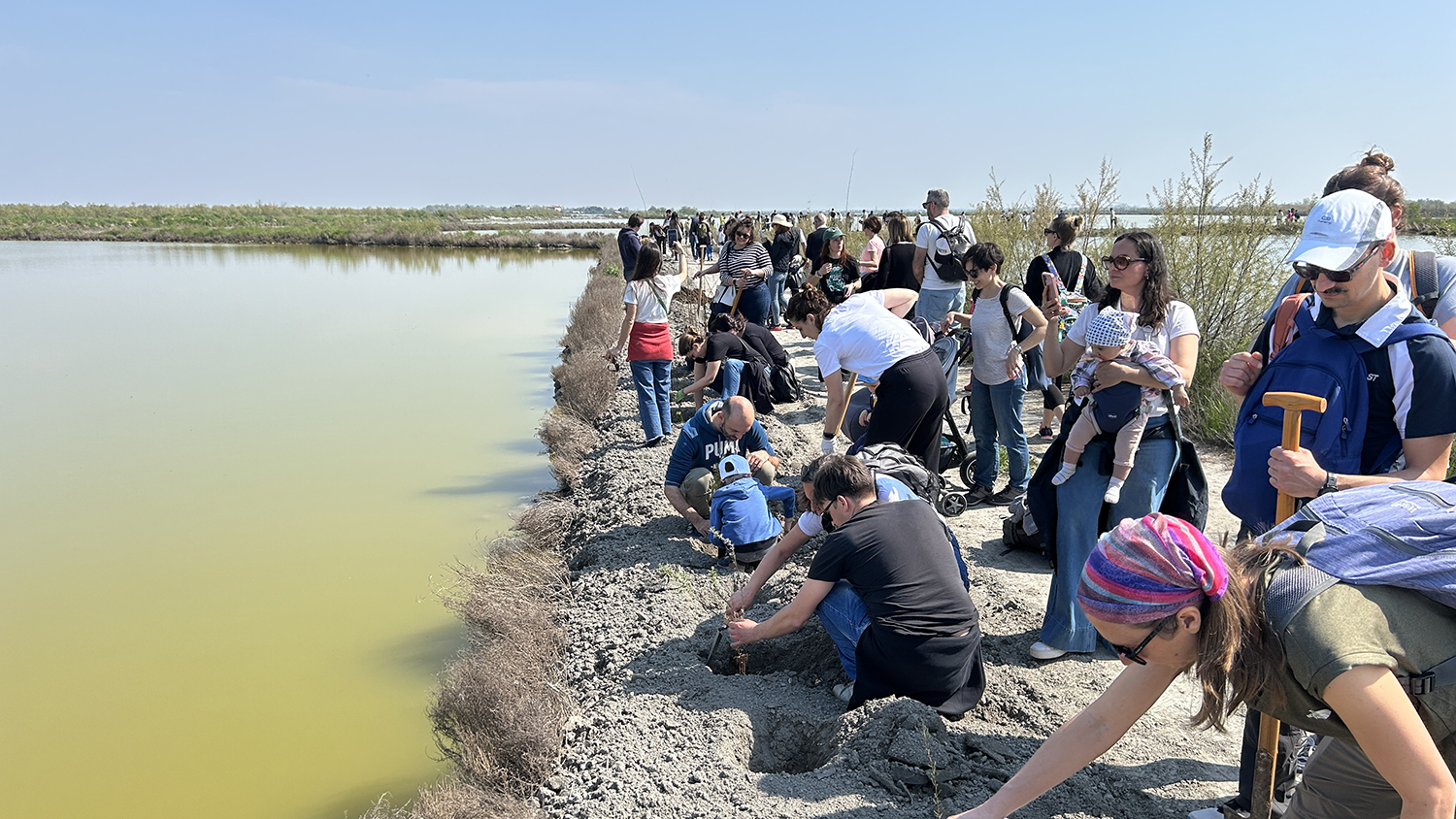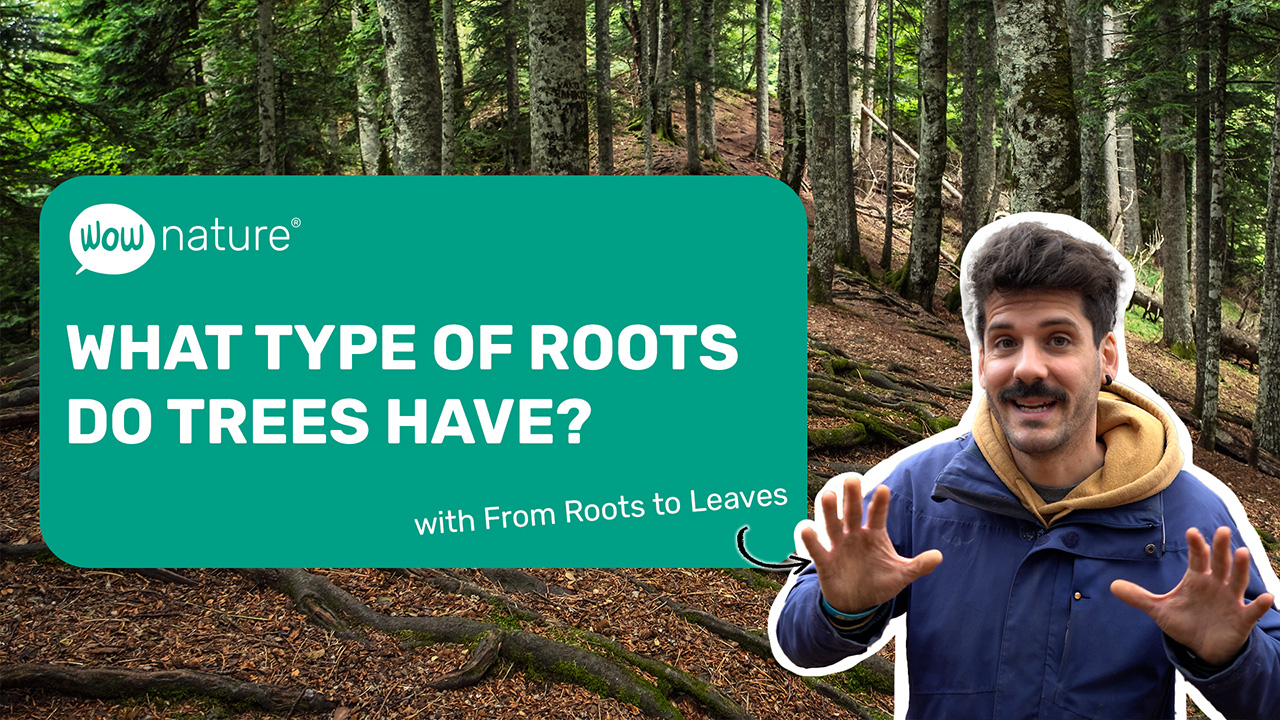

Urban heat islands: what they are and how to reduce their effects
- ,
- , WOW, really?
What’s the heat island effect?
It is not your impression: it is significantly warmer in the city than in the surrounding rural areas. This phenomenon, known as the “urban heat island,” occurs due to several contributing causes. Widespread overbuilding and a higher concentration of asphalt surfaces absorb more solar heat than green areas. In addition, heat emitted by vehicles, industrial plants, and home heating and air conditioning systems contribute to higher temperatures. Less air circulation, trapped between buildings, further aggravates the situation.
The importance of trees in cities
We already have an important first clue: where there is more green, it is cooler. But why? Trees can help in several ways:
– Shading: Trees shade surfaces, reducing heat absorption.
– Transpiration: During this process, plants lose water in the form of vapor, absorbing heat from the environment and lowering the temperature of the leaves and surrounding air. A tree can release tens or hundreds of liters of water per day.
– Evaporation: Direct evaporation of water from the soil cools the environment for the same reason.
These two phenomena together are called evapotranspiration and, together with shading, are responsible for the perceived cooling in the presence of plants and green areas.
3-30-300 the rule to measure green areas in cities
Making cities greener is an effective strategy for making them more livable during hot weather. A cooler environment can reduce the need for air conditioners, triggering a virtuous cycle of lower energy consumption. This strategy is especially important in the context of climate change, which results in higher average temperatures and more intense and frequent heat waves, posing health risks.
But how do we know if we have enough green in our city? Cecil Konijnendijk of the Nature Based Solutions Institute came up with the 3-30-300 rule:
– 3 trees visible from every home or place of work/study
– 30 percent tree canopy in every neighborhood
– Park or green area within 300 meters of home, office or school
This rule is easy to communicate and remember, is based on sound science, and provides guidance on both the amount of trees and green areas and their distribution.
Adopt a tree in Barcelona to mitigate heat waves
Heat waves are increasingly affecting Europe, especially Mediterranean areas. In particular, cities are more vulnerable to these phenomena due to the already well-known heat island effect. For this reason, Barcelona’s new urban forest was designed as a climate refuge, taking into account specific local conditions. A climate refuge is a green area designed to mitigate the effects of climate change in urban areas, such as excessive heat.
The goal is to make the Universitat Autònoma de Barcelona campus greener and more resistant to the effects of climate crisis, such as heat waves and loss of biodiversity. In fact, the species selected for the campus attract pollinating insects and small birds. This initiative also aims to educate and raise community awareness about the importance of green spaces in the city.
SHARE
Other news


Update from Lio Piccolo | April 2025

Biodiversity at risk and sixth mass extinction?

What is the reason for the pollution of the Po Valley?

What type of roots do trees have?



